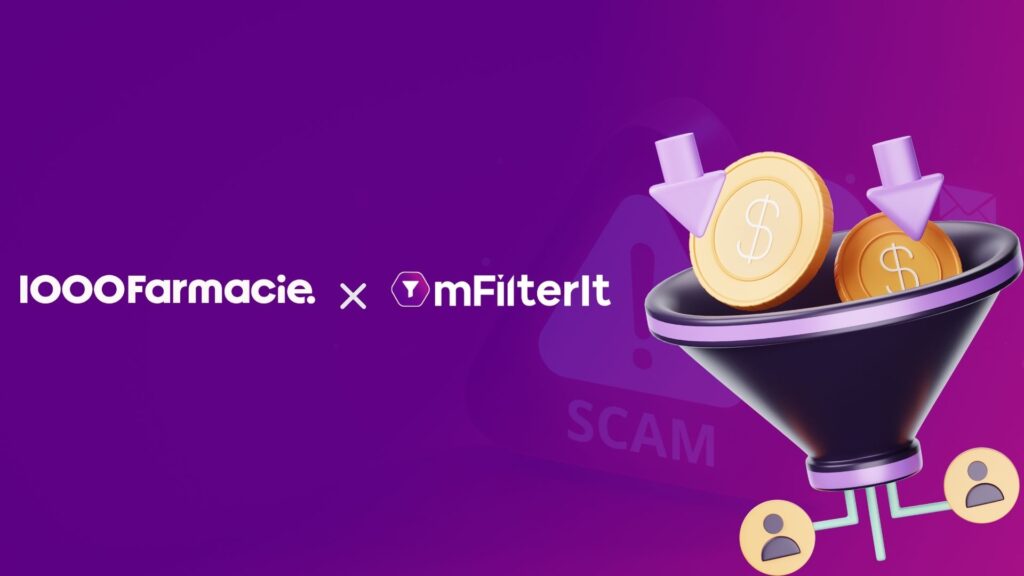In the world of digital marketing, programmatic advertising platforms like DV360 (Display & Video 360) have revolutionized the way advertisers connect with their target audience. However, when it comes to low-volume inventory placements, marketers often face unique challenges. In this article, we will explore the effective strategies for optimizing your digital marketing efforts within DV360 when dealing with low-volume inventory placements.
Table of Contents
ToggleWhat is Low-Volume Inventory Placements in Programmatic Advertising?
Low-volume inventory placements refer to situations where there is limited ad inventory available on specific websites, apps, or placements. This scarcity of ad space can be due to various reasons, including niche audiences, limited content, or geographical constraints. Advertisers often find it challenging to allocate budgets effectively and generate meaningful results in such scenarios.
Strategies for Success in Programmatic Advertising
- Maximizing Low-Volume Inventory Placements: Navigating the realm of low-volume inventory placements within DV360 demands a strategic approach. Every impression in such scenarios holds significant value, necessitating precise utilization of tools and tactics available within marketing and advertising technology. Here’s a breakdown of strategies tailored to optimize these opportunities:
- Precision Targeting through Audience Segmentation: Unlock the potential of DV360’s audience segmentation capabilities. Craft highly specific audience groups by leveraging both first-party and third-party data. The key lies in reaching the right audience with the right message to maximize impact despite limited ad inventory availability.
- Dynamic Creative Optimization: Personalization is pivotal. DCO empowers tailoring ad creatives to individual users based on their behaviour, interests, and demographics. Experimentation with diverse ad creatives helps identify the most engaging combinations for your unique audience.
- Real-Time Bidding (RTB) and Private Marketplaces (PMPs): RTB within DV360 ensures seizing valuable impressions as they arise in low-volume placements. Additionally, establish private marketplaces with publishers for priority access to limited inventory, particularly effective in niche placements.
- Mobile-Centric Approach and Cross-Device Optimization: Given the higher prevalence of low-volume placements on mobile devices, prioritize optimizing ad campaigns for mobile experiences. Implement cross-device targeting to extend reach across platforms and devices, maximizing the chances of locating available inventory.
- Continuous Monitoring and Agile Adjustments: The unpredictability of low-volume inventory demands constant vigilance. Regularly monitor campaign performance and dynamically adjust bids, targeting, and creatives based on real-time data insights. Automation via DV360’s rules facilitates instant adjustments under specific conditions.
- Strategic Budget Allocation and Bid Strategies: Allocate budgets strategically, focusing on placements likely to yield optimal results. Leverage DV360’s predictive modelling to identify and capitalize on these opportunities. Experimentation with different bid strategies, such as target impression share or target CPA, helps optimize budgetary impact.
- Blacklisting Long-Tail Placements for Enhanced Performance: Initiate the process of blacklisting long-tail placements to curb ad fraud and enhance performance. Removing consistently underperforming placements optimizes campaign efficacy and reallocates the budget toward high-performing avenues. For increased efficiency and to reduce the errors of false positives, opt for an ad fraud detection partner like mFilterIt to identify long-tail placements and curb their impact proactively.
Way Forward
In conclusion, while low-volume inventory placements within DV360 pose challenges, they also present lucrative prospects. Harness the potential of targeted audience segmentation, dynamic creative optimization, real-time bidding, and mobile-centric approaches. Stay agile, data-driven, and committed to constant monitoring and adaptation to thrive in this dynamic landscape.










